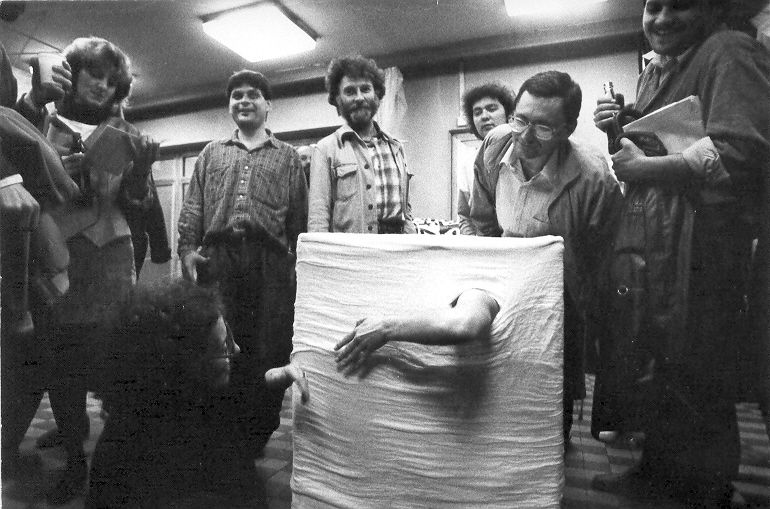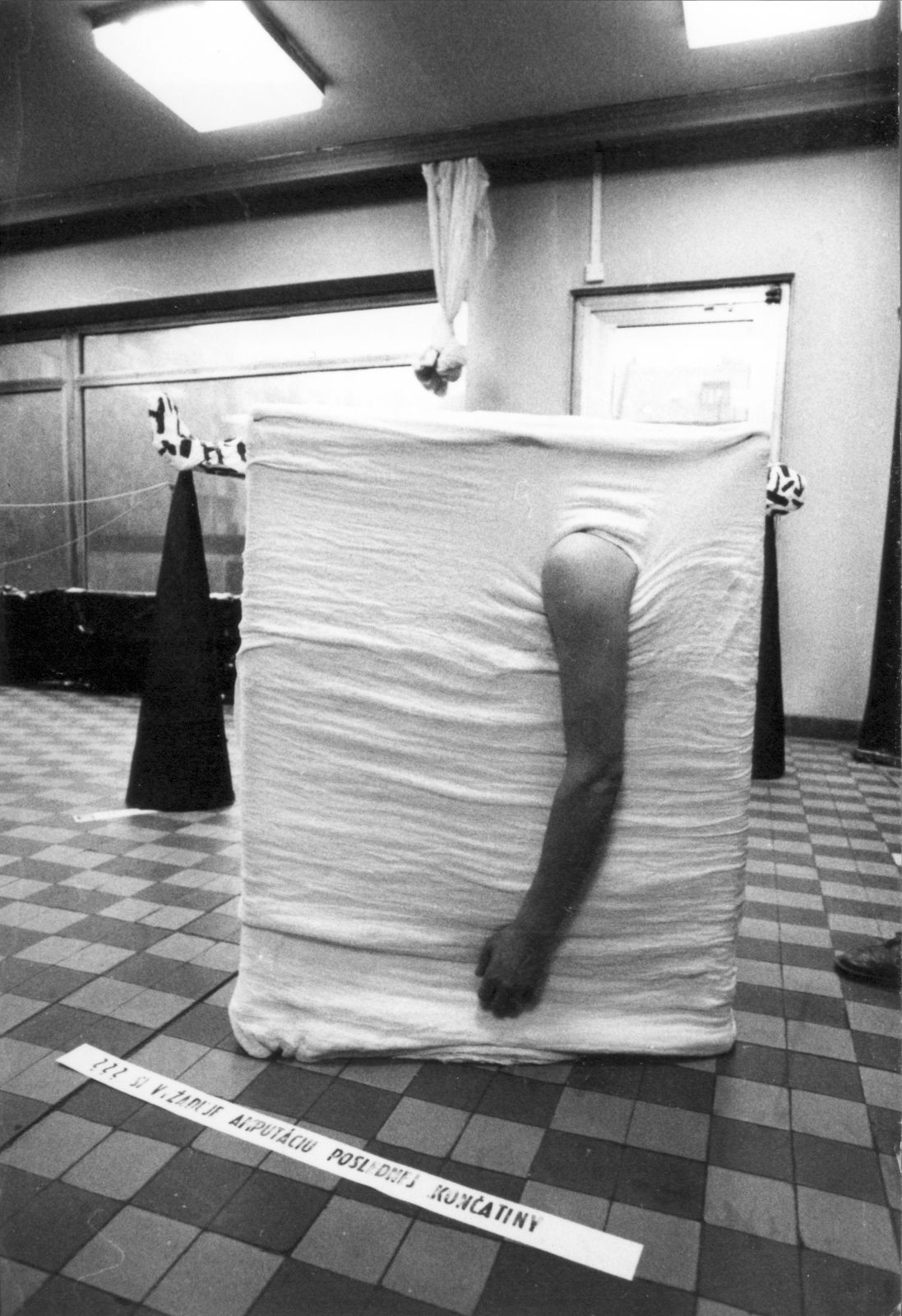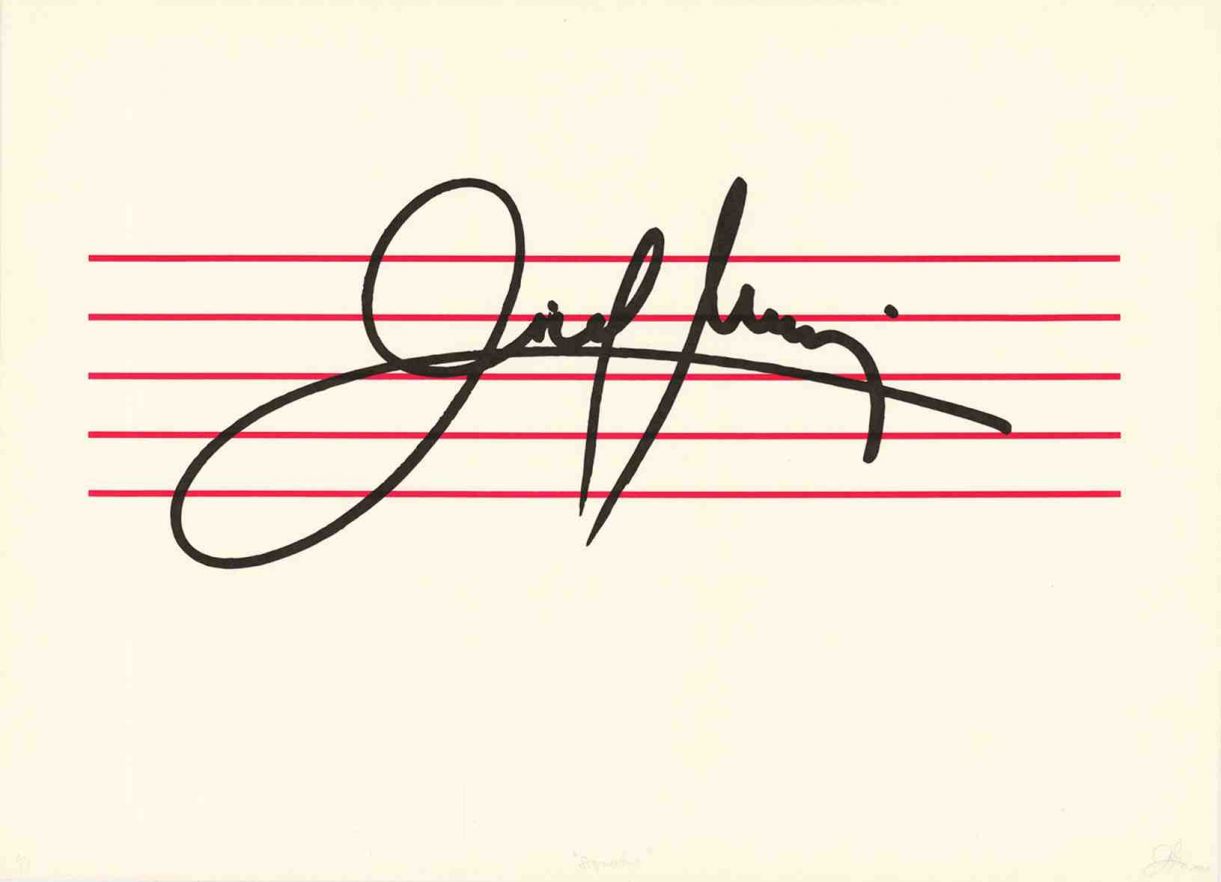Michal Murin, artist, professor
I don’t know how my life would have gone if the Revolution had not happened. I had studied mathematics and economics and was working as a programmer for the army optic factory. To be an officially recognized artist you had to go to an art academy and to go to the art academy you had to be a child of party members, a relative of official artists, or a gifted child of workers. Connections and corruption were very significant.
At high school in Prešov (I was attending high school between 1977 and 1981), they discouraged us to study humanities. The explanation was that it would be too difficult to be accepted to those programs. People were choosing a university, just to be studying at some university, so that they could have a status of a student. Young men were also going to study so that they did not have to go for two years military service. I did not have a reason to be interested in the official education system, since the work that was produced at the art academy wasn't the art that I knew as contemporary art. So I made work and performed outside of the official system. We called that space the “gray zone.”

Michal Murin,??? / Doba si vyžaduje amputáciu poslednej končatiny, živy object – akcia, Festival Malý/Tresk, máj 1989, foto: Pavol Pecha, archiv autora
Since 1985, I was doing existential body motion theatre based on Grotowski (Jerzy) and Butoh theatre. This work came from my inner being. The audience of my performances had the same socio-political feelings as me, thus the performances had the power of the climate of the time. Each of gestures had meaning in the context of the political. Each movement of the hand! On the other hand I made performances on a theme “white” – white as a symbol of an ontological principle. These performances were about absolute and total freedom, on Heavenism*, spirituality, and the high lightness as blinding, dazzling light all symbols of escaping from daily life.
After the revolution this interpretation of body gesture disappeared and darkness as a language in performance no longer worked when the audience was wearing colorful clothes (white socks and velvet jacket). Before the revolution my work was about knowledge, intelligence and history. After the revolution I had feeling that all was "future orientated", "wellness orientated" with jokes, but not "thinking orientated".

Michal Murin,??? / Doba si vyžaduje amputáciu poslednej končatiny, živy object – akcia, Festival Malý/Tresk, máj 1989, foto: Pavol Pecha, archiv autora
The late 80s and early 90s was like the 1960s. It was the Golden Age of Slovak contemporary art. A very powerful period with lots of experimentation, optimism and large audiences. But that ended in 1992 and did not begin again until 2000. As the years 1972 -1977 - 1985 were a dark period for Slovakia, so were the years 1992 -1998. I stopped using the term "Velvet Revolution" very early, maybe 1991, as it was not a revolution. It was a set of fluent changes supervised by people from the former system who were open to "Western ideas" as a vision of paradise. Instead, I use the term “Changes after 1989.”
These changes did open up possibilities and also little by little changed my artistic ideas. In 1992 and then, I put my energy into production of a first Slovak art magazine PROFIL, which was a channel for information in a cultural context. I was also doing activism art. In the period between 1992 and 1998, I was probably the only artist in Slovakia, who did anti–Mečiar art projects: performances, actions, interventions in public space, etc., that reflected the political situation and the climate of society at that time.

Michal Murin, Signature, visual score, silk-print, 45 x 62 cm, 2001
My new work since 2000, includes a project about signatures. Our fingerprints, eyes, and x-rays of our teeth will be our signatures and hold other exclusive (“private”) information. Using this concept I would like to be free to use each part of my body, as well as my ideas which, when expressed are a unique combination of words coming from my individuality, as my signature. I think that the meaning of our signatures will be more determined by technology in the future and in this way it is also about political and social systems. Power needs technology.
During socialism if you wanted to have your own world you could (on the inside) and in this own world you were free. Only the world outside of you was limited and controlled. Now, to have power it makes no sense to control us so they keep us “free”. I am not interested in big politics, because I have no possibility to change it. I know that I cannot change the world, so I make changes with my children, my students, and very small and invisible changes in daily life.
*Heavenism is Michal Murin’s one word manifesto from 1987.
This interview was in English
Photo by Petyo Peter Drezik